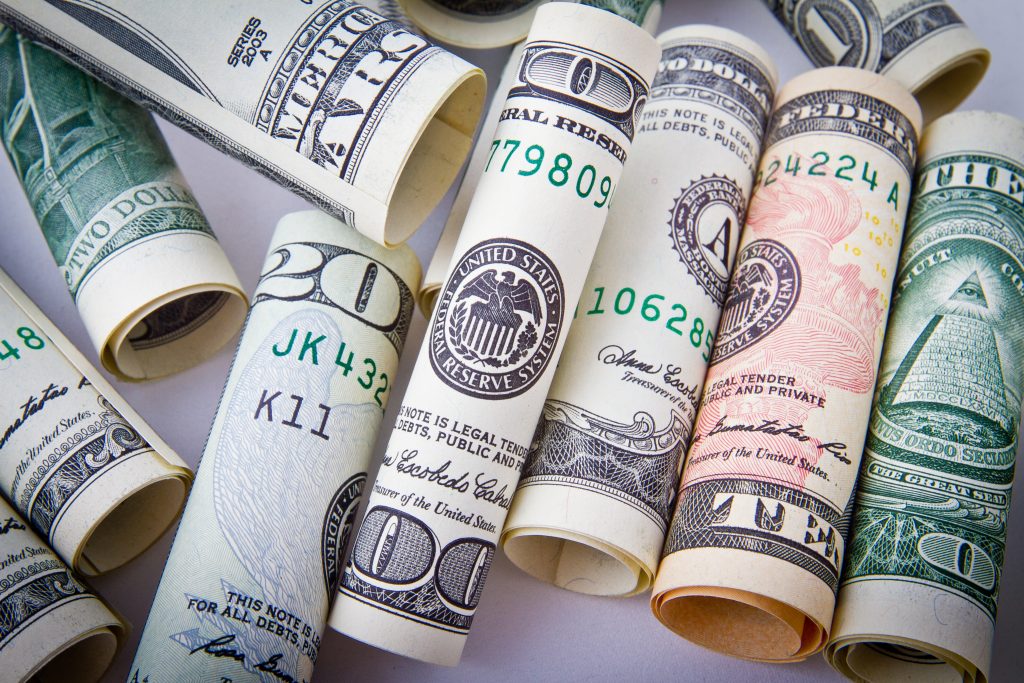Currencies are pegged against the US dollar (USD) in a number of ways. In general, a currency is pegged to the USD in order to stabilize its value and to make it more attractive to investors and traders.
Fixed Exchange Rate System
One way that currencies can be pegged to the USD is through a fixed exchange rate system. This means that the value of the currency is fixed in relation to the USD, and the central bank of the country will buy or sell its own currency on the foreign exchange market in order to maintain the fixed exchange rate.
Under a fixed exchange rate system, the central bank of a country will buy or sell its own currency on the foreign exchange market in order to maintain the fixed exchange rate.
For example, if the value of the country’s currency starts to increase in relation to the USD and threatens to exceed the fixed exchange rate, the central bank will sell its own currency on the foreign exchange market and buy USD.
This will increase the supply of the country’s currency on the market and decrease the demand for it, which should bring the value of the currency back down to the fixed exchange rate.
Conversely, if the value of the country’s currency starts to decrease in relation to the USD and threatens to fall below the fixed exchange rate, the central bank will buy its own currency on the foreign exchange market and sell USD. This will decrease the supply of the country’s currency on the market and increase the demand for it, which should bring the value of the currency back up to the fixed exchange rate.
Managed Float System
Another way that currencies can be pegged to the USD is through a managed float system. In this system, the central bank of the country will intervene in the foreign exchange market to keep the value of the currency within a certain range in relation to the USD.
China uses a managed float system to peg its currency, the yuan, to the US dollar. Under this system, the People’s Bank of China (PBOC) intervenes in the foreign exchange market to keep the value of the yuan within a certain range in relation to the USD.
The PBOC uses a reference rate, known as the central parity rate, as a benchmark for the yuan’s exchange rate against the USD. The central parity rate is determined based on a basket of currencies, rather than just the USD. The PBOC then allows the yuan to trade within a band around the central parity rate. The width of the band is determined by the PBOC and can be adjusted as necessary to reflect market conditions. The PBOC will intervene in the foreign exchange market if the yuan approaches the upper or lower limit of the band in order to keep the value of the yuan within the desired range. This system allows China to maintain some control over the value of its currency while still allowing it to fluctuate with market forces to some extent.
Dollarization
Dollarization is another way that a country can peg its currency to the USD. In this system, the country will adopt the USD as its official currency, and the central bank of the country will not issue its own currency.
Panama is an example of a country that is dollarized. They still maintain their own currency, which is pegged to the USD. Yet the entire economy and market is dollarized and the USD is the official currency since 1904.
Benefits of Pegging to the USD
There are numerous benefits to pegging a currency to the USD, and understanding them can be crucial in making important financial decisions.
One of the most significant advantages is the stability that it brings to a country’s economy. By pegging their currency to the USD, a country can help to ensure that their economy is not subject to the same fluctuations and volatility that other currencies might experience. This can provide a level of predictability that is essential for businesses and investors alike.
Another key benefit of pegging to the USD is that it can lead to increased trade. This is because it can make it easier for foreign investors to do business with a country, knowing that they can rely on a stable exchange rate. Additionally, pegging to the USD can make a country’s exports more competitive on the global market, which can help to stimulate economic growth and create jobs. By making exports more affordable for foreign buyers, a country can expand its customer base and increase its overall revenue.
Finally, it is worth noting that pegging to the USD can also have some potential downsides.
Risks of Pegging to the USD
To start it can limit a country’s ability to independently adjust its monetary policy, which could be problematic during times of economic crisis.
It can also create a dependency on the USD and the U.S. economy, which could be problematic if the U.S. experiences a recession or other economic downturn. For example, if the USD experiences significant fluctuations in value, this can have a negative impact on the pegged currency.
If the central bank is unable to effectively maintain a fixed exchange rate, this can lead to a significant currency crisis. In turn, this can have far-reaching consequences for the country’s economy, including increased inflation and decreased foreign investment.
As such, it is critical that policymakers carefully monitor these factors and take proactive measures to mitigate any potential risks to the stability of the currency and the broader financial system.
In conclusion, pegging a currency to the USD can have both benefits and risks. It is important for countries to carefully consider the implications before deciding to peg their currency to the USD.






